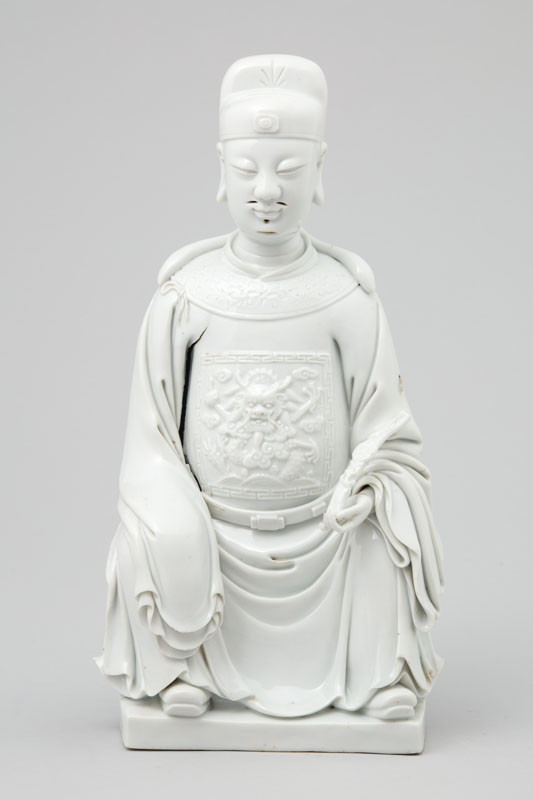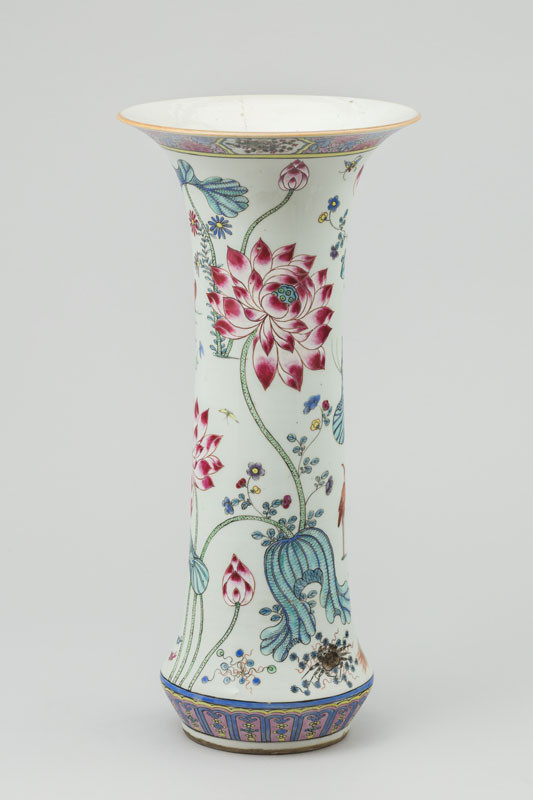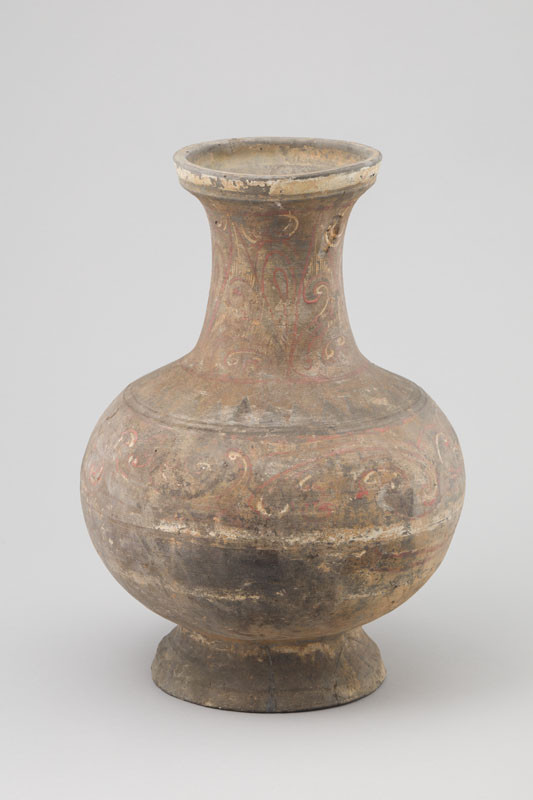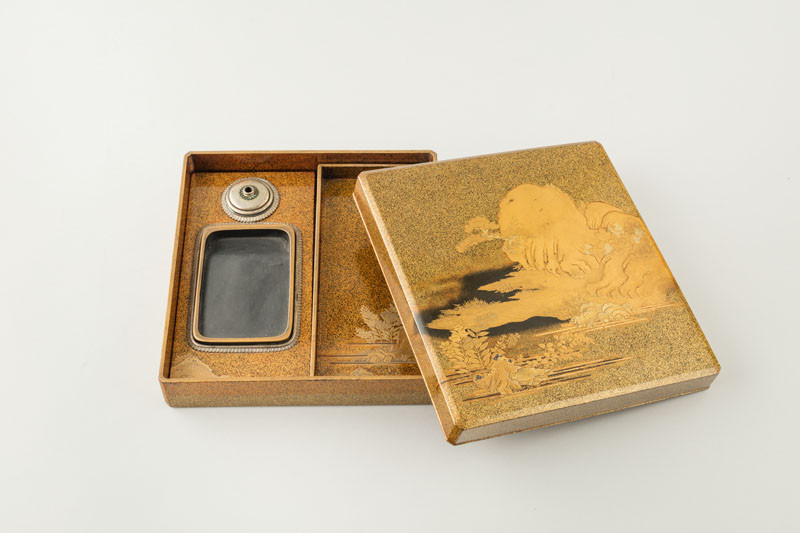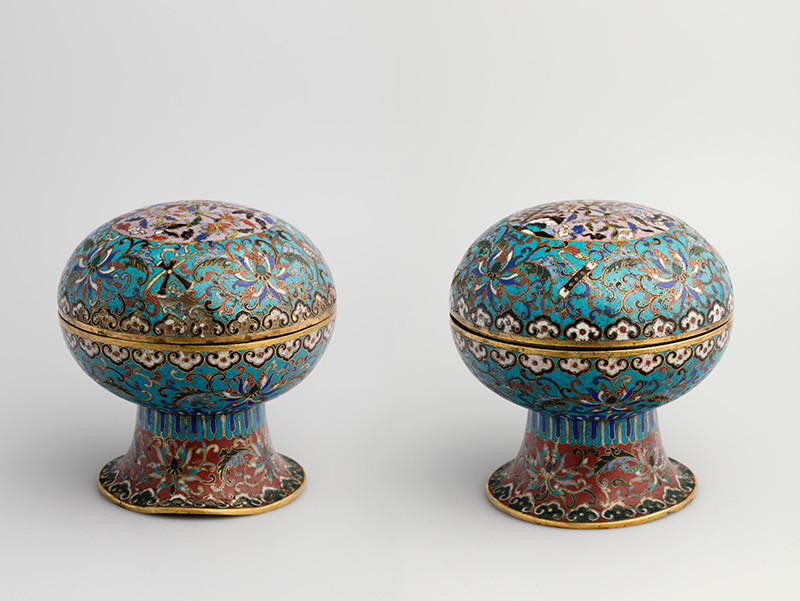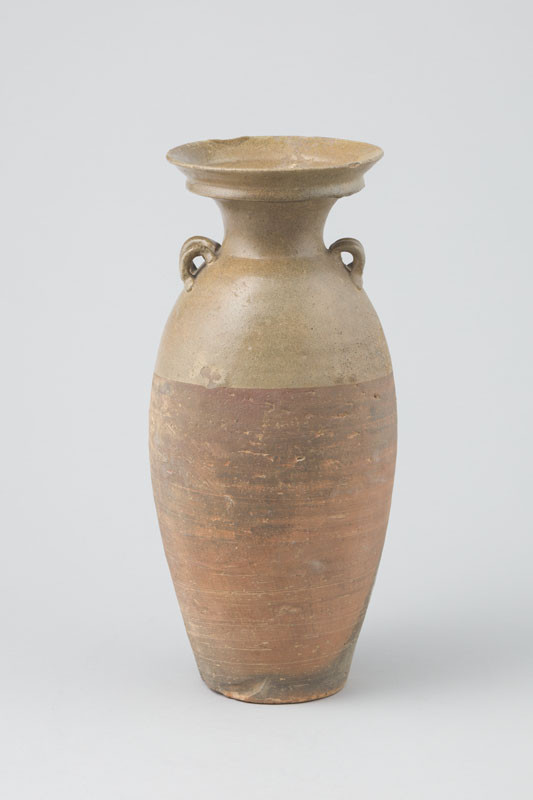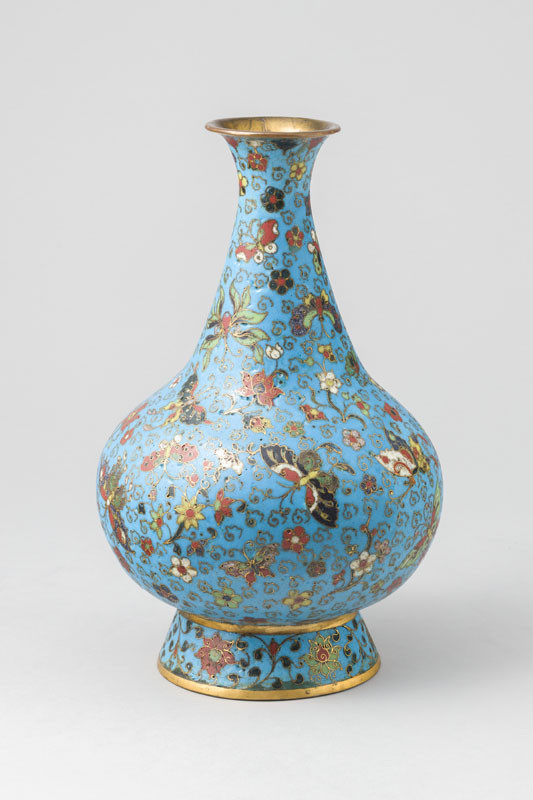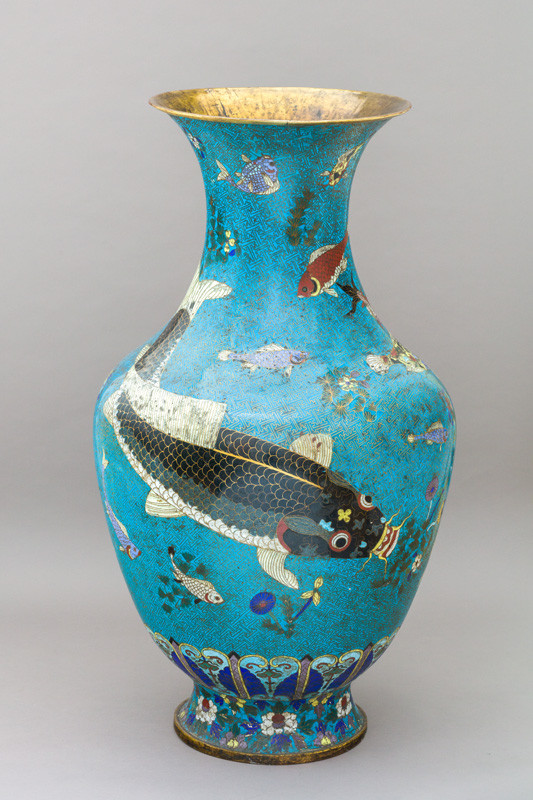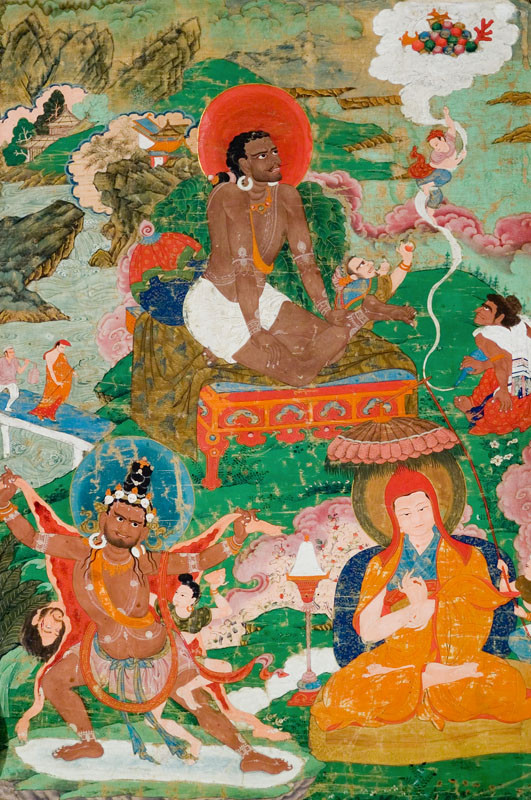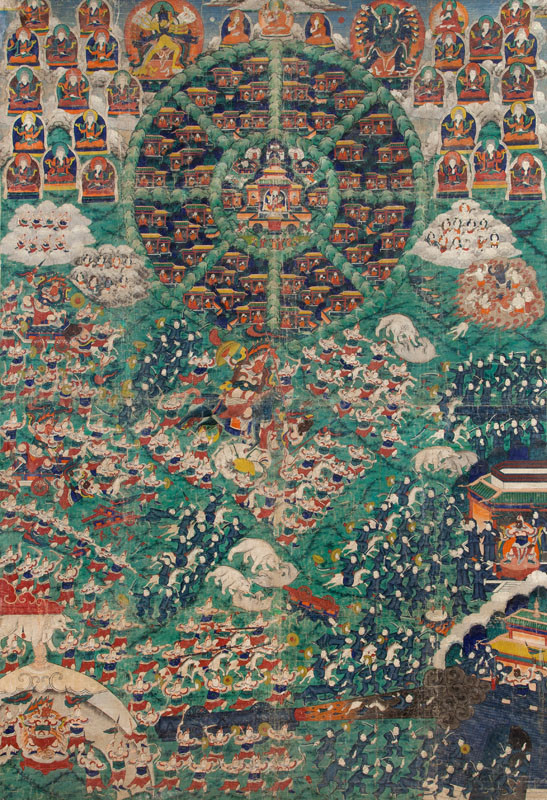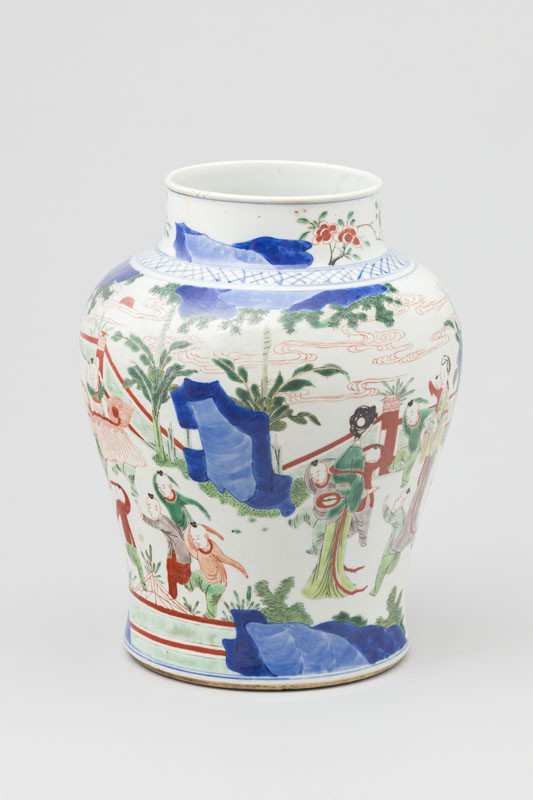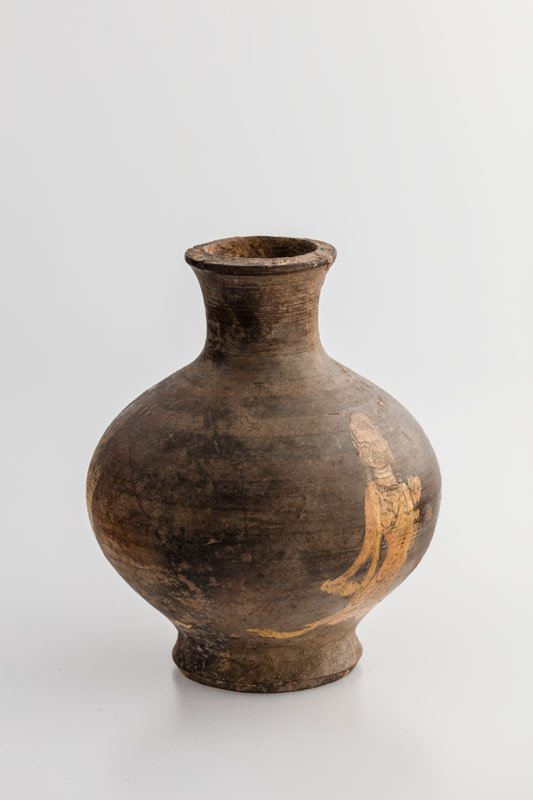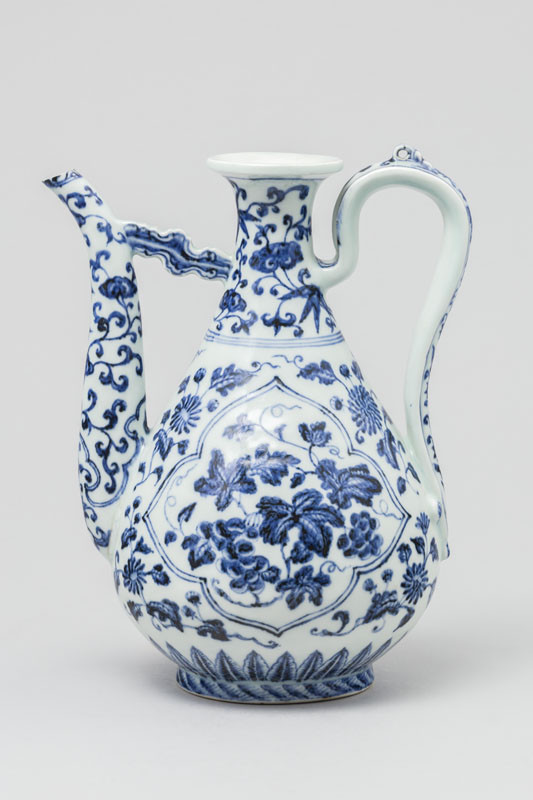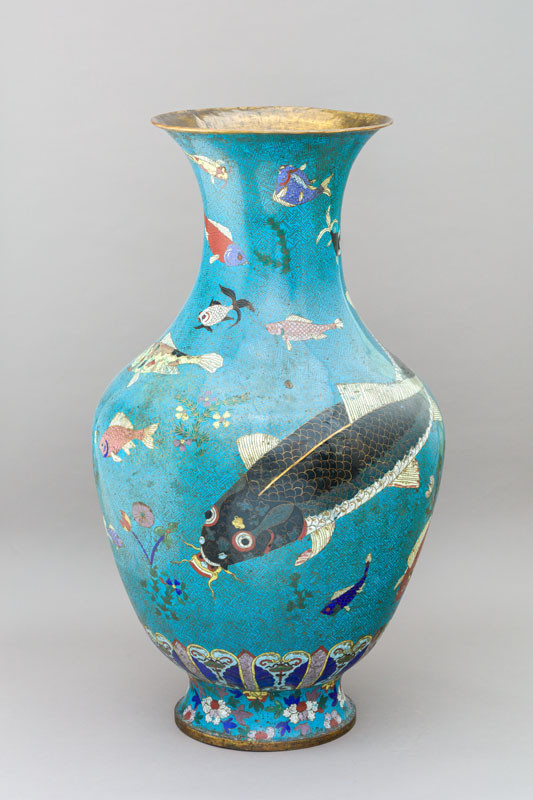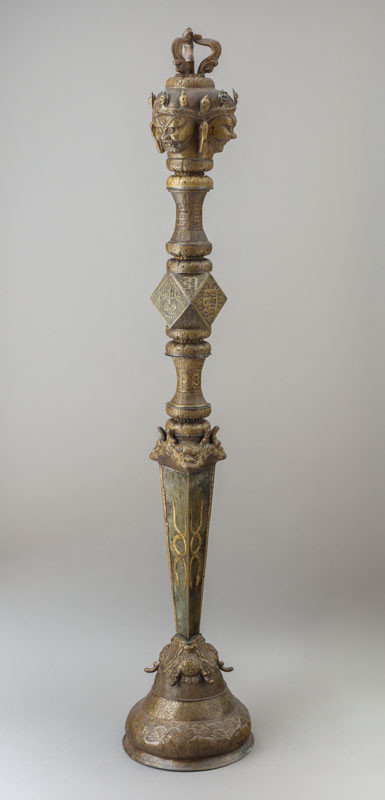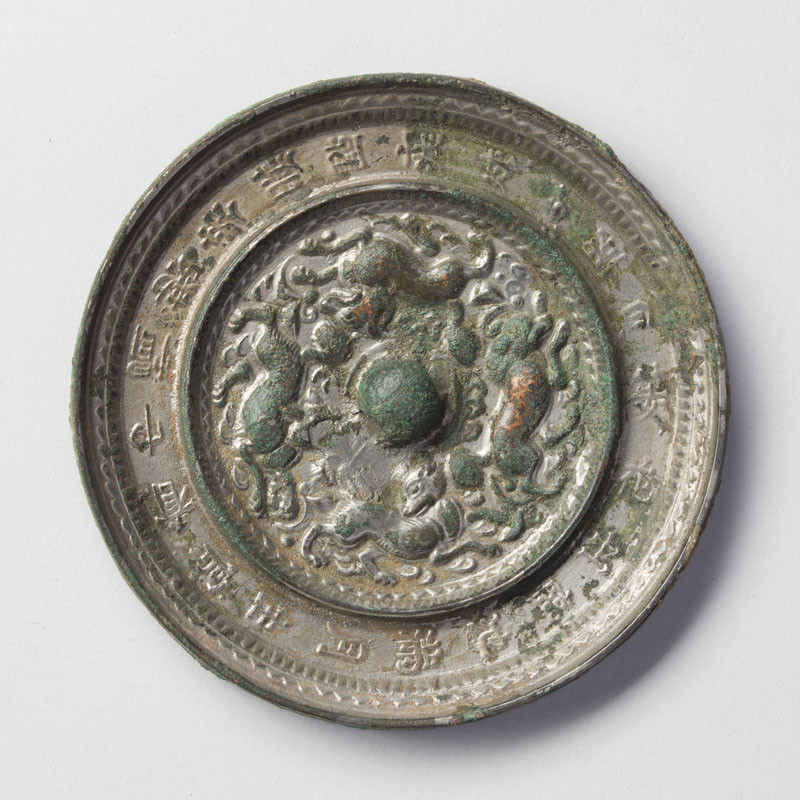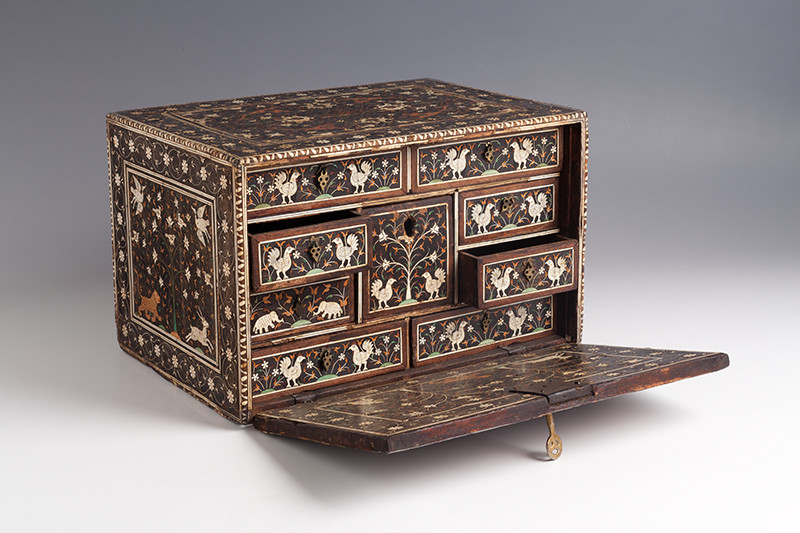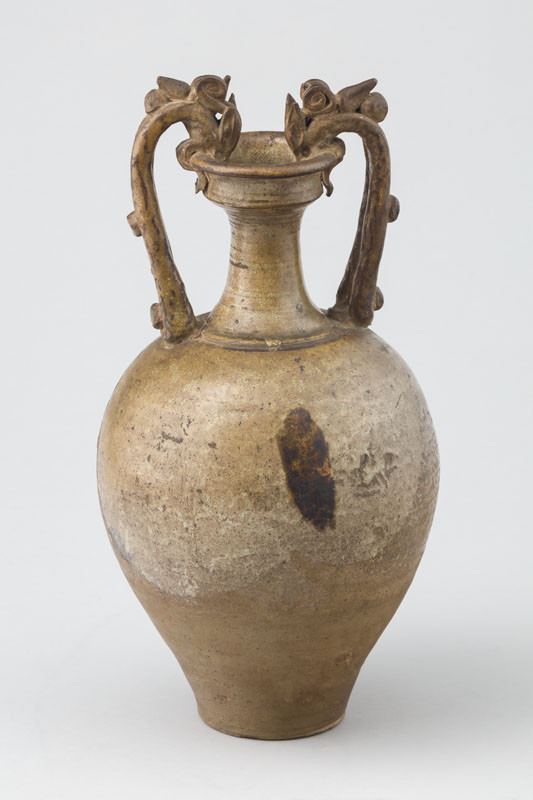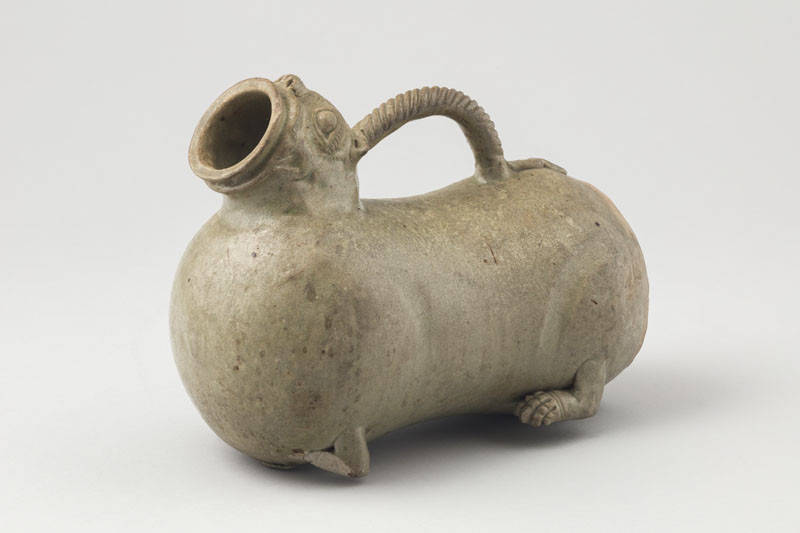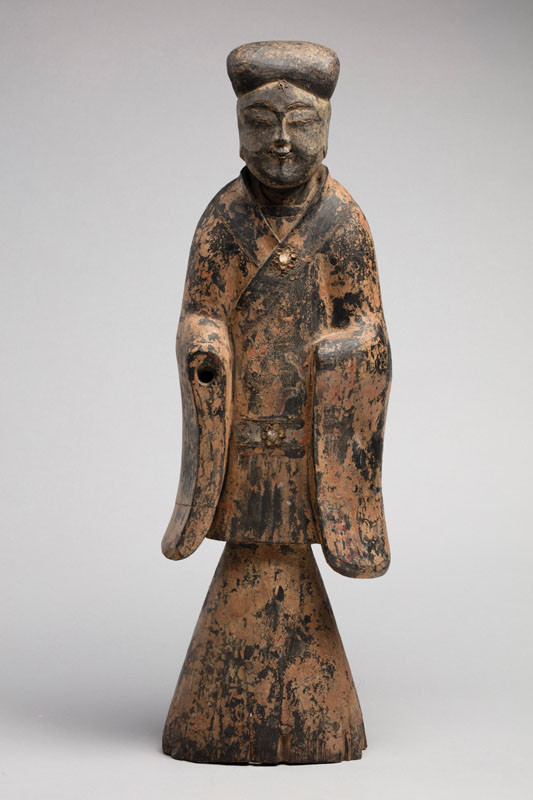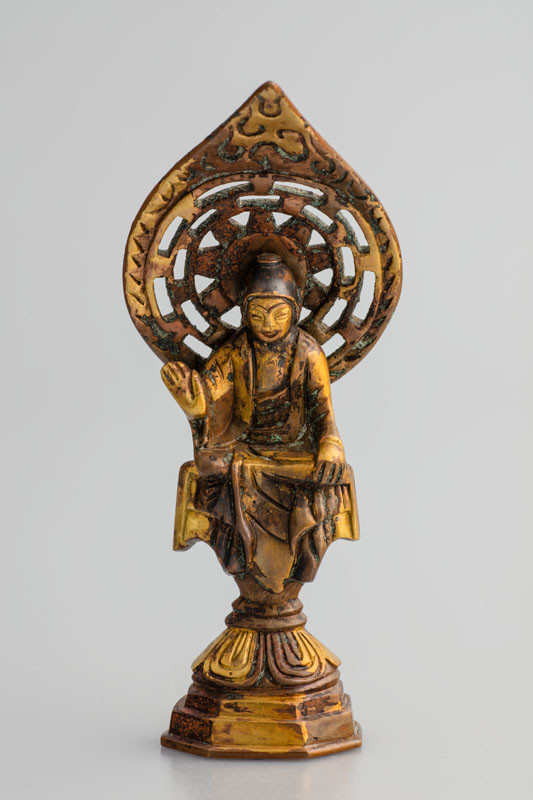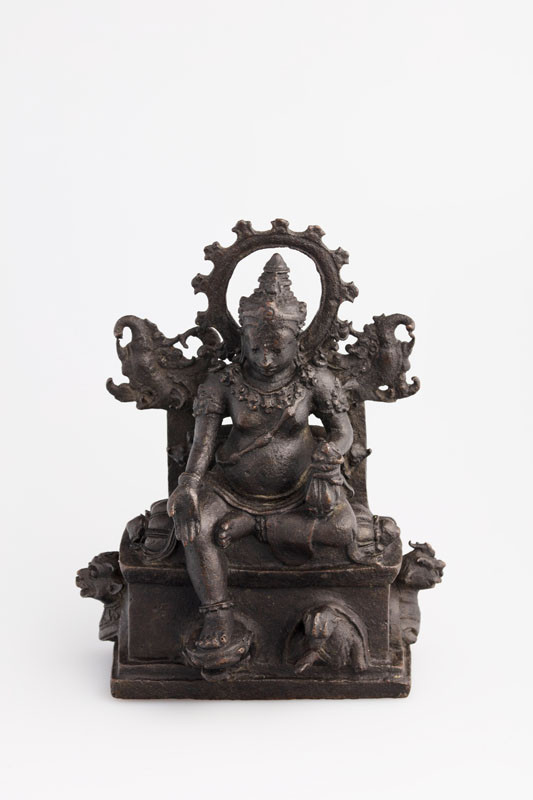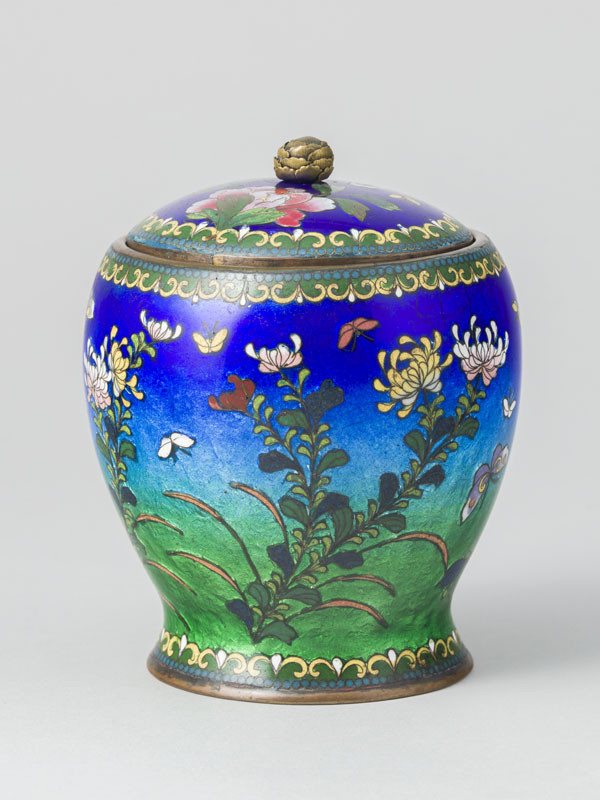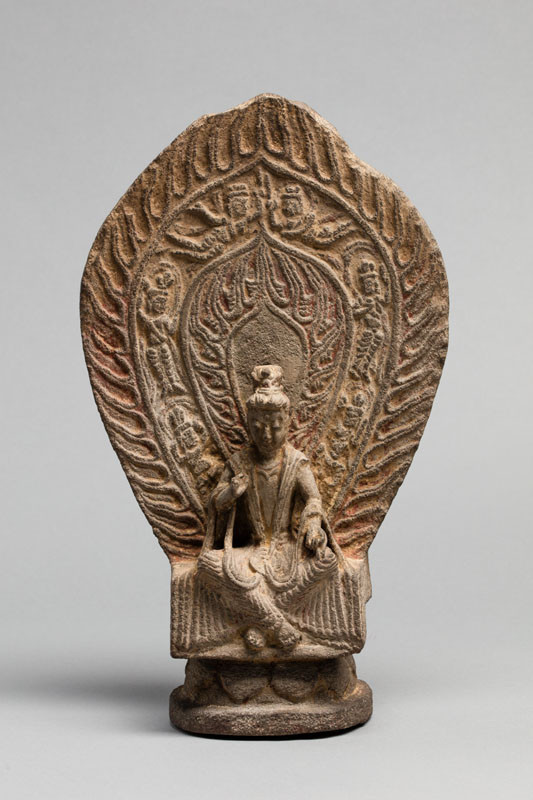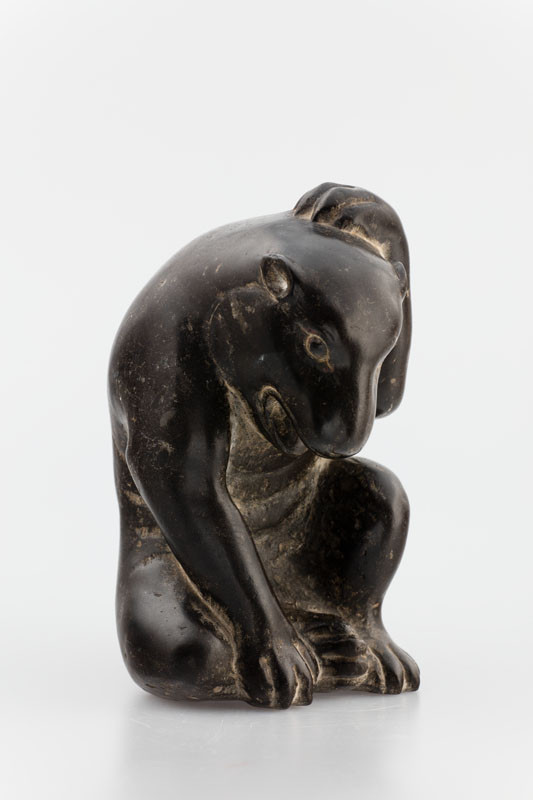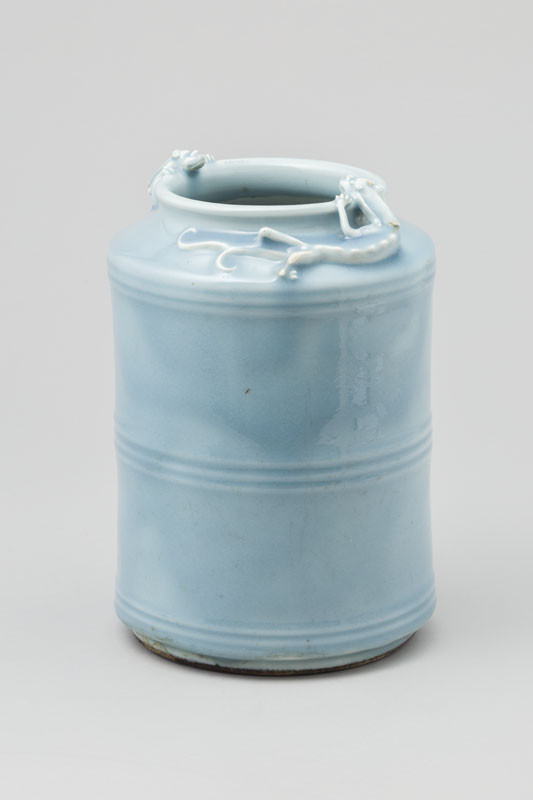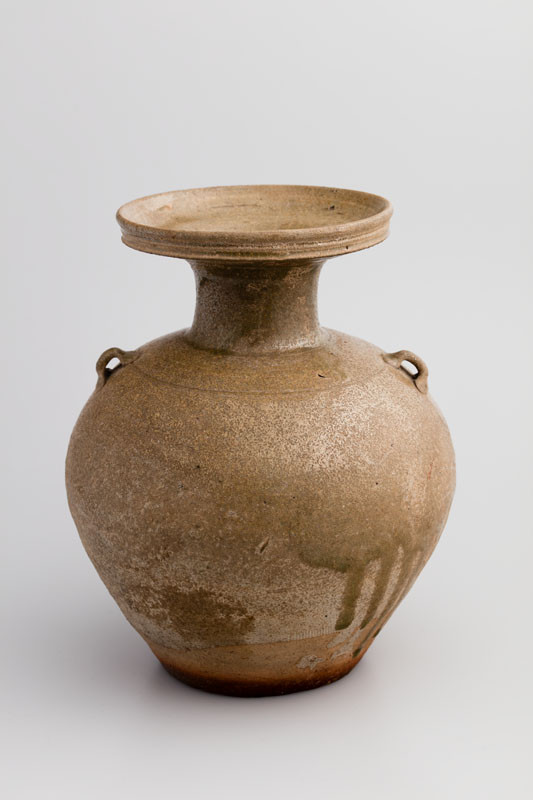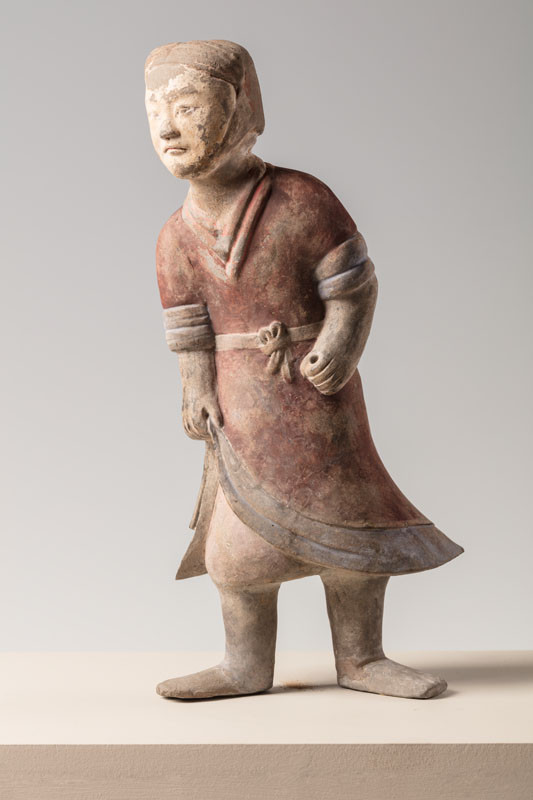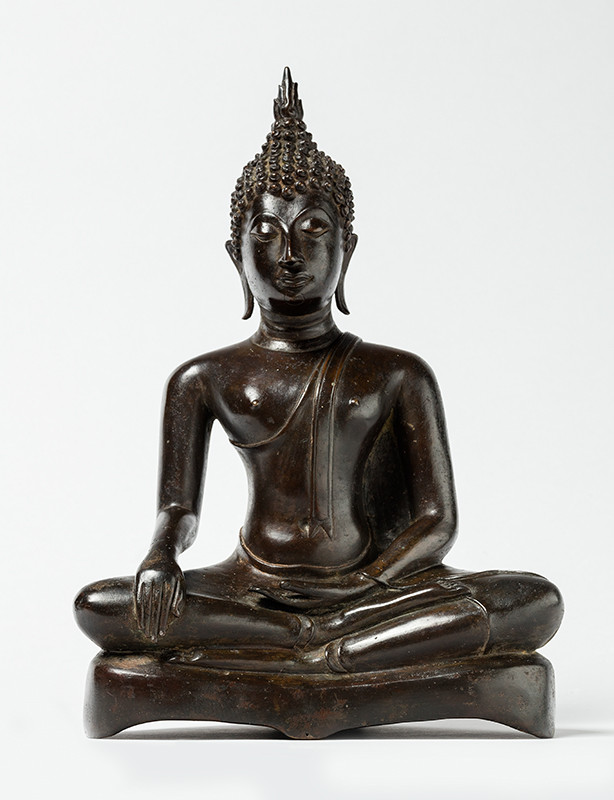
The Buddha’s oval face has a focused expression. The Sukhothai style, which developed in central Thailand between the 13th and 15th centuries, is characterized by a distinct profile with a long, slightly bent nose. The figure’s line with broad shoulders and narrow waist defies the ideal vision of the anatomy. The left hand lies in the lap, the right points to the earth in a bhumisparsha gesture. The depiction refers to a legend about the demon Mara, who tempted the Buddha – still bodhisattva Gautama – trying to disturb him from meditation shortly before awakening (enlightenment). The Buddha’s gesture summons the goddess of Earth for help (or as a witness); she heeded the call and defeated Mara’s army of demons. The faces and figures of Sukhothai Buddhas were fashioned in the ideal of perfect beauty. This ideal was preserved to a great extent in the further development of Thai sculpture.

